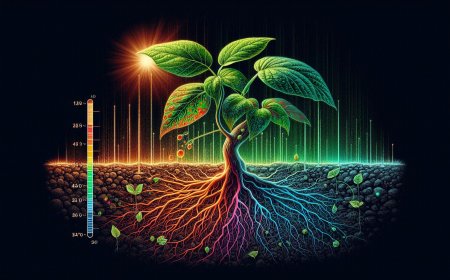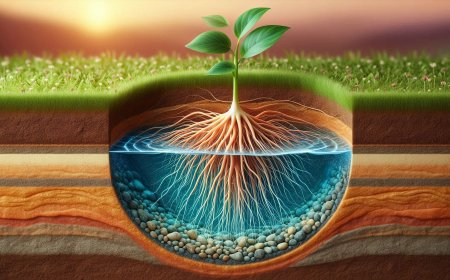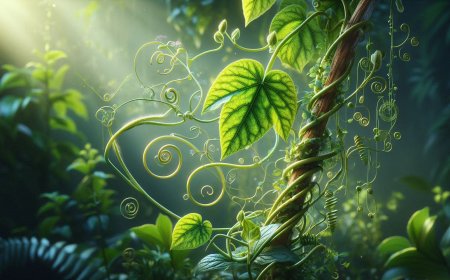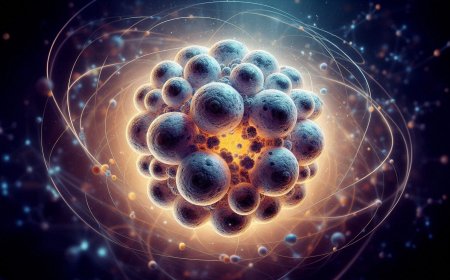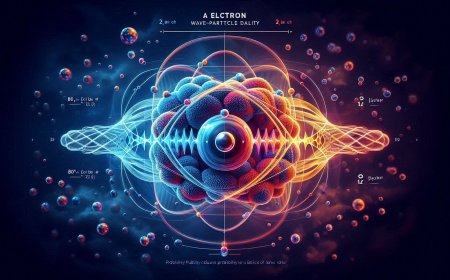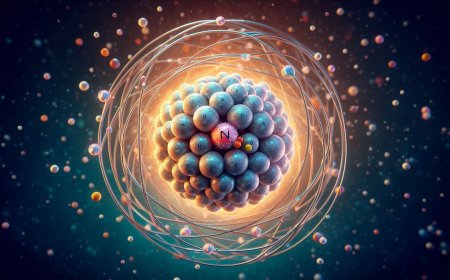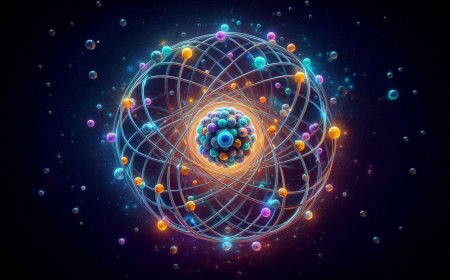The Fascinating World of Molecules: Building Blocks of Chemistry
Discover the captivating world of molecules, the building blocks of chemistry, from their types and bonding to their essential roles in life, medicine, and technology. Explore how molecular science impacts our world!
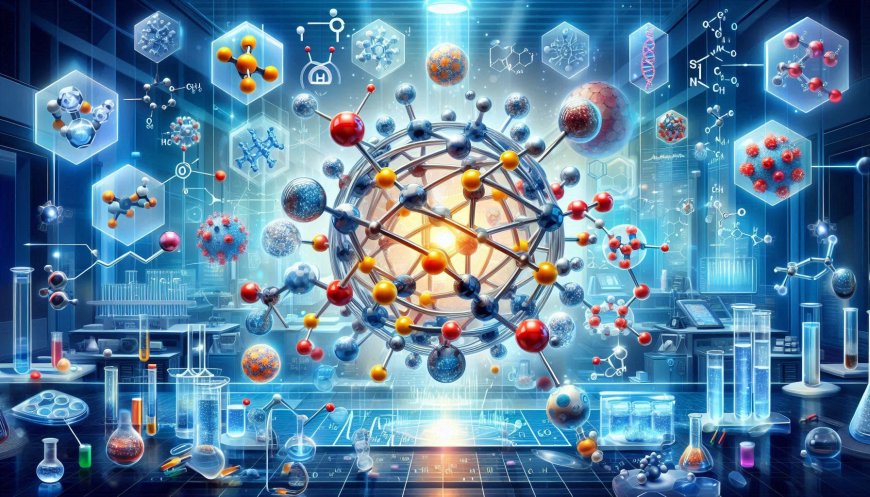
When you hear the word molecule, it may conjure images from a chemistry lab or memories of high school science class. Yet, molecules are far more than just textbook concepts; they are fundamental to life, materials, and processes that surround and support us. Molecules are the basic units of chemical compounds, intricately structured and varied, forming the foundation of all matter. They hold a captivating allure for scientists and laypeople alike because of the remarkable ways they interact and influence the physical world. Let’s dive into the mesmerizing world of molecules and explore why these tiny structures matter so much.
What is a Molecule?
A molecule is a group of two or more atoms that are chemically bonded together. Atoms, the smallest units of an element, bond together in specific ways to form molecules. For example, a water molecule (H₂O) consists of two hydrogen atoms and one oxygen atom bound in a specific, angled arrangement. This molecular structure gives water its unique properties, such as its liquid state at room temperature, its solvent capabilities, and its importance for life.
Molecules can vary enormously in complexity—from simple diatomic molecules like oxygen (O₂) to large, complex structures like proteins, DNA, and even synthetic polymers. The study of how these molecules interact, bond, and react with each other lies at the heart of chemistry.
Why Molecules Matter
Understanding molecules allows scientists to predict and manipulate chemical reactions, which has applications in a wide range of fields, from medicine and pharmacology to materials science and environmental science. Consider the following ways molecules impact our lives:
- Health and Medicine: Pharmaceuticals are often small molecules that interact with specific molecules in the body, like enzymes or cell receptors, to treat diseases. By understanding molecular structures and interactions, chemists design drugs that can fight illness at the molecular level.
- Energy and Environment: Molecular science plays a key role in developing alternative energy sources, such as solar panels and fuel cells, by understanding and utilizing the behavior of molecules. For instance, photovoltaic cells harness light energy through the molecular properties of silicon and other materials, converting sunlight into usable electricity.
- Everyday Materials: Plastics, clothing, and even the food we eat are all composed of molecules. The flexibility of polymers or the strength of metals comes down to molecular interactions. Chemists can engineer these properties by carefully arranging atoms and modifying molecular structures.
Molecules in Nature
In nature, molecules are essential to life’s processes. Chlorophyll in plants captures sunlight, enabling photosynthesis, while hemoglobin in red blood cells binds to oxygen, allowing it to be transported throughout the body. DNA molecules carry genetic information in their unique double-helix structures, encoding the blueprint for all living organisms.
Water molecules are especially fascinating due to their polarity and hydrogen bonding capabilities, which grant water its unique properties. Ice floats because the hydrogen bonds in water molecules form a lattice structure, making it less dense than liquid water—vital for aquatic life in cold climates.
The Bonding Story: Types of Chemical Bonds
Molecules form when atoms share or transfer electrons. The types of bonds formed depend on how atoms interact with each other. Here are the main types of chemical bonds in molecules:
- Covalent Bonds: Atoms share electrons, forming a strong bond. For example, carbon and hydrogen atoms form covalent bonds in organic molecules, creating the backbone of biological structures.
- Ionic Bonds: Atoms transfer electrons, creating charged ions that attract each other. Sodium chloride (table salt) forms when sodium gives up an electron to chlorine, resulting in a stable compound with distinct properties.
- Hydrogen Bonds: Weak bonds formed when hydrogen is attracted to a more electronegative atom, like oxygen. Though individually weak, hydrogen bonds collectively give water its high boiling point and cohesion.
Molecules of the Future: Innovations in Chemistry
Scientists continue to push the boundaries of molecular science, opening up a realm of possibilities for new materials and technologies. Nanotechnology, for example, is based on manipulating molecules and atoms to create materials at a nanoscale, enabling the development of advanced medical treatments, faster electronics, and more efficient energy sources.
Another exciting field is molecular robotics, where scientists aim to create tiny, molecule-sized machines. These molecular robots could potentially operate inside the human body, repairing damaged cells or delivering targeted drug therapies.
Conclusion: Molecules as Marvels of Chemistry
Molecules are extraordinary in their variety, complexity, and essential roles. They are not just the invisible architects of the physical world; they are the building blocks that make life possible, enable scientific progress, and hold the potential to revolutionize technology and medicine. By exploring the molecular world, chemists unlock secrets that have profound impacts on nearly every aspect of our lives. So, the next time you drink water, take medicine, or marvel at a technological breakthrough, remember that it all starts with molecules—chemistry’s powerful, unseen wonders.
What's Your Reaction?







